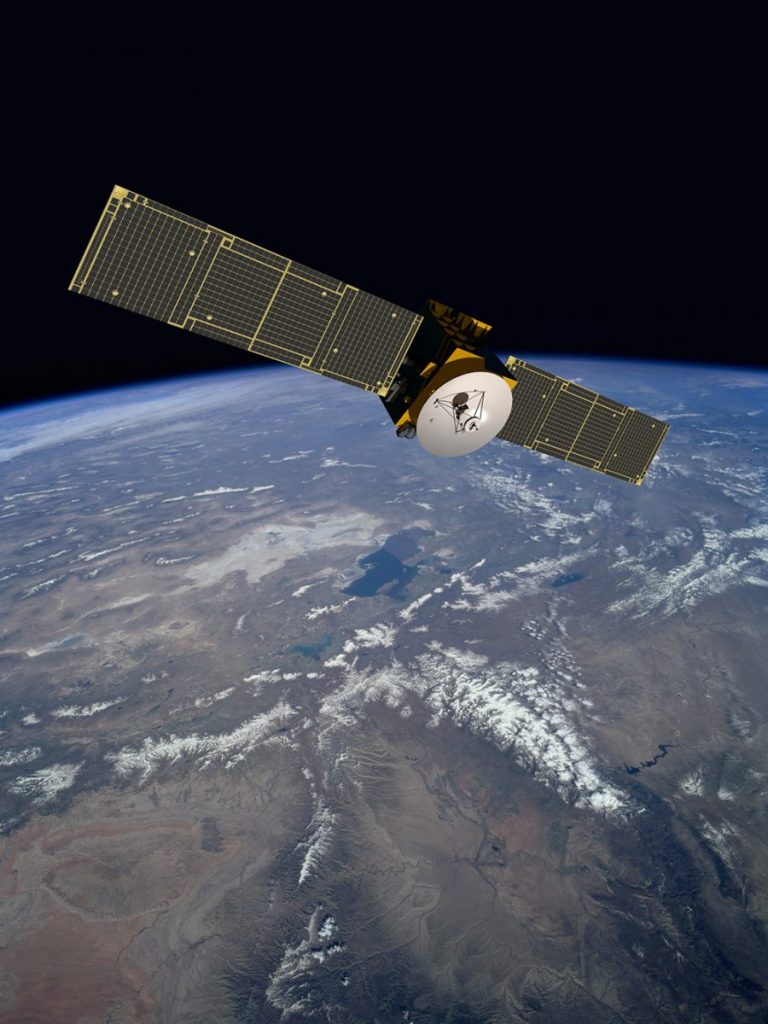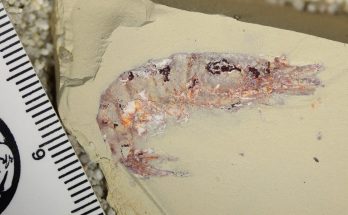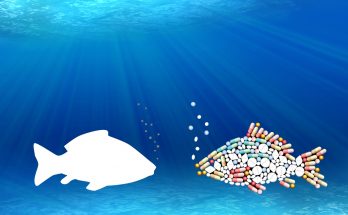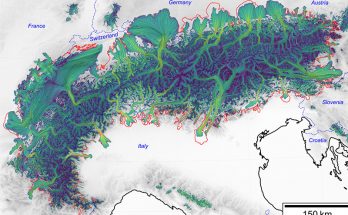Cette publication est également disponible en :
![]() Français
Français
“From white to green…” an article published in Science on June 3, 2022, shows that the productivity of vegetation above the tree line has increased in almost 80% of the Alps in the last 40 years. Like the Arctic, the mountains are becoming greener, and impressively so. Grégoire Mariethoz and Antoine Guisan tell us about the work they carried out to arrive at this striking result, based on millions of satellite data.
Do these findings change our vision of the Alps?
Antoine Guisan : We didn’t imagine that the Alps’ greening would be so strong. This work is very factual, based on satellite data. The results are here and they are spectacular.
Grégoire Mariethoz : We knew that the forest was gaining ground, but for the meadows, it wasn’t at all obvious to me that the greening was so important. We focused on the non-forest and non-glaciated areas: the increase in vegetation productivity is very clear. Snow cover is decreasing slightly, especially at lower elevations. At higher elevations, snow cover remains because of increased precipitation.
Why are these results new?
GM : 40 years of very high resolution satellite images (on 30 m x 30 m pixels), such a long and precise time series is unprecedented. The analysis of this series was only possible thanks to the current computing power. Many studies have done this type of work in the past, but at the kilometre scale. In the Alps, this doesn’t make sense: in 1 km2, snow and vegetation, top and bottom of the mountain are mixed up.
How is it possible to measure plant productivity by satellite? What is measured in a satellite snapshot is the amount of red absorbed (compared to infrared). This red is not reflected because it is absorbed by plants and transformed into energy for photosynthesis. It is therefore an index of productivity and indirectly of biomass.
« It works very well. As soon as the plant wilts, we see that it absorbs less red. While in the growth phase, productivity is maximum. »
Grégoire Mariethoz
You come from different disciplines, how did you come to work together?
AG : D’après nAccording to our reviewers, his article was long awaited. However, the project was not associated with any funding, it emerged floating between teams. After the paper on Arctic greening, we realized that not much was known about the other cold regions. But analysing Landsat satellite images means facing a huge mosaic of small images, a puzzle that is difficult to assemble! And between two passes of the satellite, huge data gaps, not to mention if it is cloudy. All of a sudden, the perspectives opened up by collaborating with Grégoire. Without him, Google Earth Engine – which allows the reconstruction of the puzzle – would have remained an unusable nebula.
GM : And I wouldn’t have been focused on vegetation without Antoine’s input. At first, I simply proposed a bachelor’s thesis on the subject. Eventually, this project went on for a very long time, the teams changed, but our perseverance paid off.
«The mosaic of satellite images is a headache that many biologists have not attempted.» AG
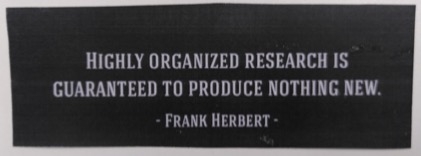
« If we plan, we’re going to do what we plan. You have to leave room for surprise. »
Grégoire Mariethoz
What was the main challenge?
GM : One challenge is to harmonize the satellites with each other, to have a consistent series. Over 40 years, four different satellites have sent data. We had to make adjustments, or rather check that the NASA adjustments were really correct. This was requested by a Science reviewer, which allowed us to verify that NASA had done its job properly!
The starting code, on the other hand, was written by Mathieu Gravey in 10 minutes at my office, but this is because he knows the tool very well! The longest part was to convert the time in seconds since the birth of JC…
«Serendipity is a good way to describe how this work was born» AG
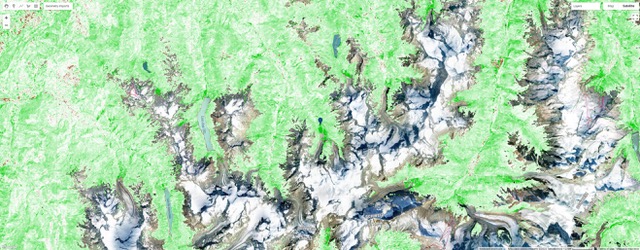
The changes are massive, what will be their impact?
AG : As vegetation grows, it absorbs more carbon, which is positive. But even if the change is impressive, the biomass in the high mountains will never be huge. And above all, this small positive effect does not counterbalance all the negative effects of global warming! Landslides, melting of permafrost, loss of water in the long term, loss of a number of alpine species…
GM : Another implication is economic. Winter tourism will be impacted, of course. But so will summer tourism. If the vegetation changes in the high mountains, what happens to the typical Swiss landscape?
Can your method be replicated in other parts of the world?
GM : Satellite coverage varies greatly around the world. Several decades ago, images were not systematically recorded, especially in certain regions. It is very good in North America, less good in Africa. Europe is not the best place: there is a 10-year gap over half of the Alps! It is only over the last 10 years that good coverage is achieved everywhere, at all resolutions. On the Himalayas, it would be interesting to do the same kind of work. It is a much larger region than the Alps, and it has the same issues.
Original publication
- Sabine Rumpf, Mathieu Gravey, Olivier Brönnimann, Miska Luoto, Carmen Cianfrani, Grégoire Mariethoz and Antoine Guisan. From white to green: Snow cover loss and increased vegetation productivity in the European Alps, Science (2022)
doi: 10.1126/science.abn6697
